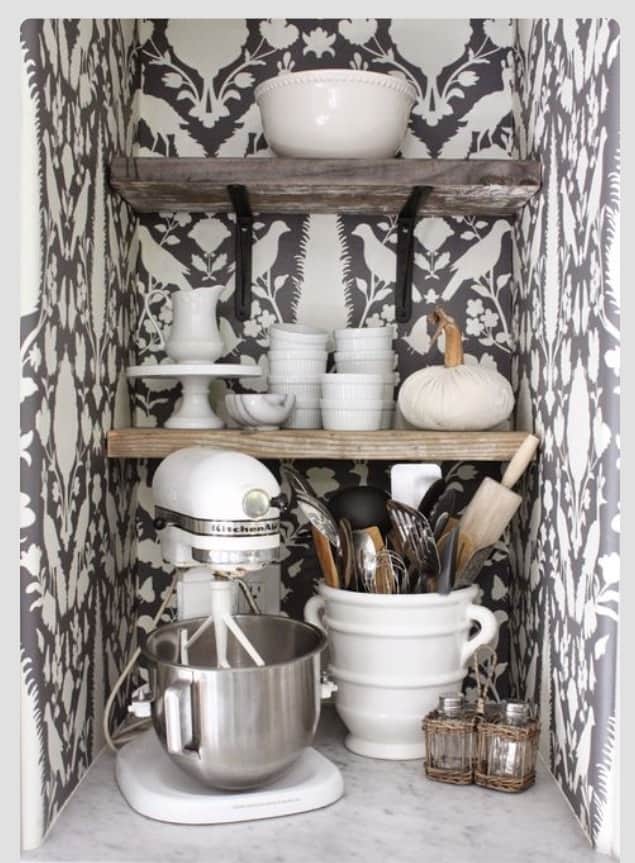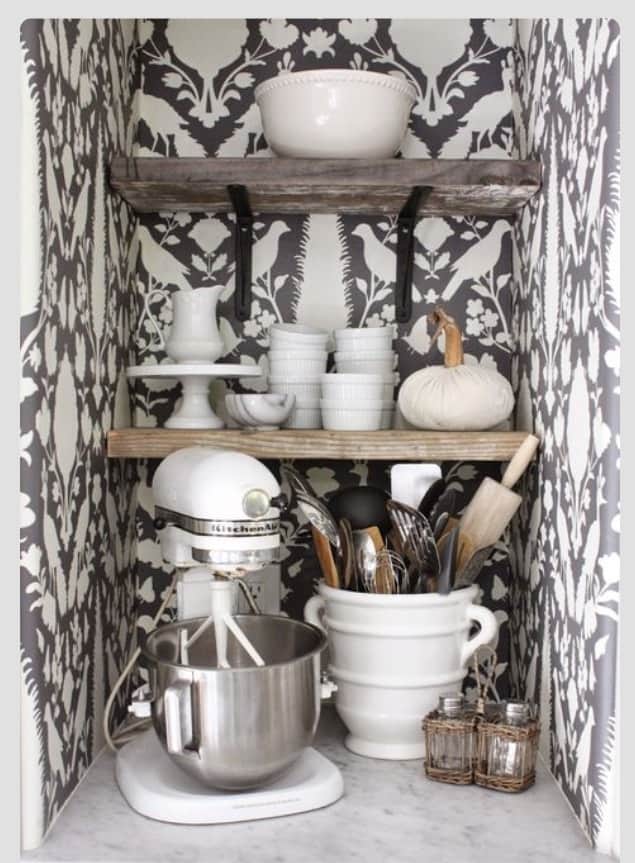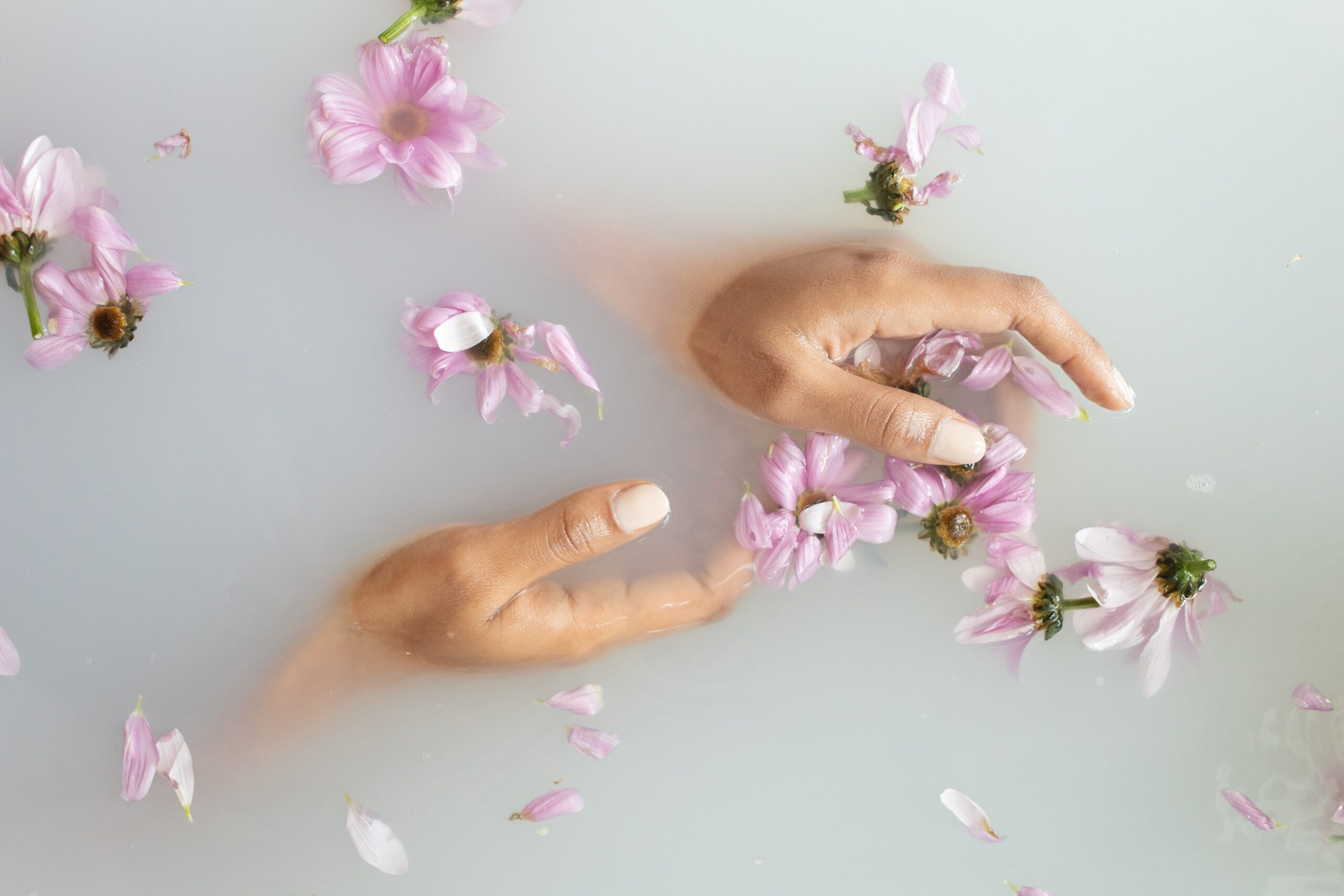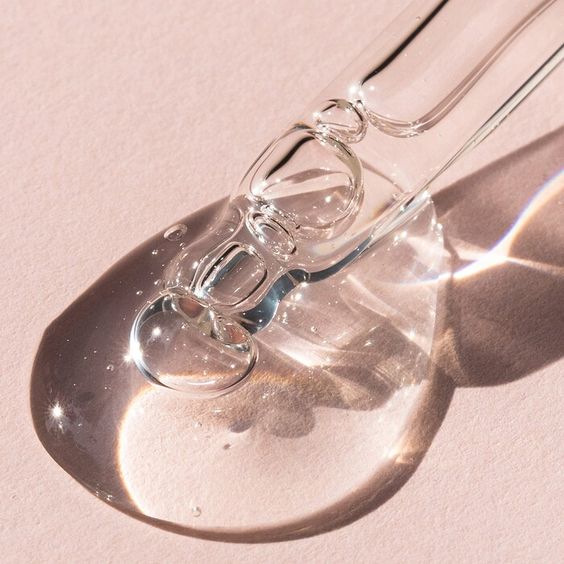
Genevieve Gorder’s tips on designing a healthy, passionate life
The interior designer and TV host talks finding her true passion, staying healthy and creating spaces that breed happiness.
Genevieve Gorder came into our homes in 2000, as one of the original designers of the TLC’s hit series Trading Spaces — which launched the home renovation genre. Since then, the interior designer has appeared in 20 lifestyle shows, but her resume goes far beyond TV star. She’s the founder and director of the Genevieve Gorder brand, an author, a global ambassador for home and human rights, a mother — and somehow finds the time to partner with brands doing good, like Air Wick’s “Spread the Joy” campaign, which supported the Global Fund for Children.
Ten years later, Gorder’s career is coming full circle as Trading Spaces (which went off the air in 2008) makes a comeback this April with its original cast intact. Having built a wildly successful career doing what she’s truly passionate about, it’s no surprise that Gorder has a tip or two on designing a life filled with passion, success and, yes, an impeccably decorated home. NBC News BETTER sat down to chat with Gorder to talk all of the above and walked away with some inspiring life lessons — and the immense desire to do a total overhaul of our nightstands stat.
BETTER: What can someone’s home decor say about their health and happiness?
Gorder: I can walk into anyone’s house and in five minutes I know a lot about their life. I can see if there are marital problems, depression, sickness, tension; I know if there’s a lot of anger in the house — even if they clean it to death right before I get there, I can feel it. Part of it is intuitive, but a lot of it is learned. I’ve been in thousands and thousands of homes in our country. It’s like the biggest case study of homes ever. The amount of light in a space determines how much you have in your life. When I walk in and I see heavy curtains in the middle of the day, dark colors and layers, I know there’s depression; they want to cocoon. When the master bedroom hasn’t been done and every other room has, I know there’s some marital issues. Again, light and scent are everything: they either welcome you or repel you.
Did you always know you wanted to be a designer? Or was there an ‘ah-ha’ moment?
I had an ‘ah-ha’ moment. I had that moment at seventeen years old. It was literally like the seas parted and the sky opened up. Art was always something that comes very natural to me and I’ve always been good at it, I’m a creative soul, but I didn’t know that design specifically was that job. Although I had rehabbed a million homes with my family I didn’t know that it was a job that designers did. [My ah-ha moment] was after my first day of graphic design class in college. I was sitting outside taking notes on some of the things I had learned and I thought, “This is what I am going to do for the rest of my life.” I just knew it. Not graphic design, per say, but that I was a conductor of a visual symphony and I got that that was the place of a designer. Whether it was graphic or interiors or fashion, it just became a fact at that moment, and I never stopped.
I love chaos, so a quiet moment in the morning is everything. Without that, the day starts like a race and I never seem to catch up.
What is a tough moment that made you better?
I am from the Midwest originally and culturally we have a way — there’s a passive aggressiveness that I wanted to escape. We have this work ethic, that isn’t a squeaky wheel, isn’t climbing for title, isn’t usually the brightest light in the room because we don’t have to show off even if we might be the brightest, it’s a hush, and I think it has done me a great disservice in many ways. In the beginning I saw a lot of cohorts get TV or a book deals really early. In the beginning I felt like it was a short stick I’d been delivered, because I never would want to say “Look at me! Why aren’t I getting this?” I would never do that. So the success took a long time, but it was also built on a very sturdy foundation. The Midwest culture breeding kindness and a really strong work ethic has paid off with longevity and integrity and incredible chapters of work that a lot of the flash in the pans don’t have anymore. So I’m very grateful for it. Do I think I missed out on some things? Sure. But do I think I have a happier life now and a well-earned and high-integrity design career? Yes! So I’m glad I didn’t sell out — but there were time I wish I would’ve spoken up a little bit more.
What do you do every morning to set yourself up for success?
I make myself a big cup of coffee — without that I’m not successful. I get up a little bit earlier so that I have time to myself, which is important in this career and with my breed of person, which is very fiery and wants to burn through a million things at once because I just love it. I love chaos. That quiet moment in the day is everything when I can do it. I have my coffee and I watch my tree blowing in the wind. And then I have a quiet moment with my daughter. Without that, the day starts like a race and I never seem to catch up to my heart because I didn’t get that time spent with myself and with my most loved one. If there’s a workout also included in that, I am unstoppable, immortal.
Coffee, a little bit earlier wake up and a workout. However cliché all of those things are, there’s a reason they are cliché because they really work. With all the ways of people getting in touch with us all day long and loving what I do so much that I’m so passionate I don’t want to say no, I need that moment of no and that’s when everyone’s asleep so I actually have a pause.
What’s on your nightstand?
Both of my nightstands are my great grandmother’s sewing machine tables, so I have one from Croatia and one from Norway, and I still have their little bobbins and threads in there. It makes me feel safe. I feel like their protecting me. On top, “sacred sh-t.” The nightstands are your guardians when you’re most vulnerable: when you’re asleep, when you’re naked, when you’re unconscious, so I like to stack them with all my protectors and good juju. These are power tables: this is where crystals go, photographs of all my matriarchs, beads — I love beads; stacks of beads. Big beads, little beads. I have them all over my house at very planned out moments where I hover or I’m vulnerable. I don’t know why. I have some horse-hair tassels. I have this big urn. A huge fig tree and a brass hippo and some rocks from Lake Superior where I’m from. I also have a stack of books underneath; all those books you wish you had read and have stored in your brain but maybe don’t have time for.
The nightstands are your guardians when you’re most vulnerable: when you’re asleep, naked, unconscious … so I like to stack them with all my protectors and good juju.
What is one small thing that makes you better?
I consider food a premium source of gasoline. I’m very, very careful about what I put in my body … besides coffee. I’ve learned more about food in a very powerful way, and I consider myself a race car and I want the best gasoline and I’ve done a lot of work to figure out what foods give me the most power, energy and calm when I need it. Instead of taking supplements, or a class, I’ve figured out the simple ways to run my body so I can do everything I want to do.
What does that diet look like?
It sounds so boring, but the fridge is the world’s biggest medicine chest.
I’m gluten free; I’m dairy free. I’m not obsessive about food at all, but I’ve really made peace with what works and what doesn’t work. I’ve worked on my system, my circuit board. All of us have very particular things that make us run well, and not run well, and that’s a big deal for me every day. I set myself up for success when I eat well. It sounds so boring, but the fridge is the world’s biggest medicine chest.
What else is a part of your wellness routine?
I love to run. I live in a city of alphas and I’m a mega-alpha. I need to run away from my head and so it’s total detachment, as well having a little nature living in Manhattan. I like to run outside. I get to revisit where I live and what lives around me besides myself and all this energy, tapping back into the ruse of where we are in the world, I need that. And my music is the ultimate therapy.
What’s on your playlist?
I’m a deep music girl. I worked with musicians, my family has musicians and dancers, I worked for MTV for years. I was raised in Minneapolis, which is a big soul town … Prince, Bob Dylan. Soul is my big pot I dip into, it’s how I’m wired. Also, classic hip hop and R&B, Motown, Brazilian, jazz.
It seems like you’re not only a visual designer; other senses really come into play. What are some tricks that we can all use to design a space?
I’m hired for a lot of companies just to make the playlist that goes with a room. Every single sense needs to be addressed for us to consciously let go. And we know when a place is complete or not even if we’re not enthusiasts for design or think it affects us. Were affected by color and sound and texture and light, just like every creature on the planet. Scent is one that you have to acknowledge in the very beginning, just like light. [Scent is] the sense that wraps around our olfactory so it’s the most powerful one we have. You can smell cologne and you remember your 7th grade boyfriend. Visually it takes us a little bit longer, so it’s just that layer that you don’t see on TV, or you can’t smell in a book. Think about some of your favorite spaces in life, there’s usually a scent that you can attribute to it as well. Scent and light build a room, and then sound keeps people in the space or deters them from staying.





